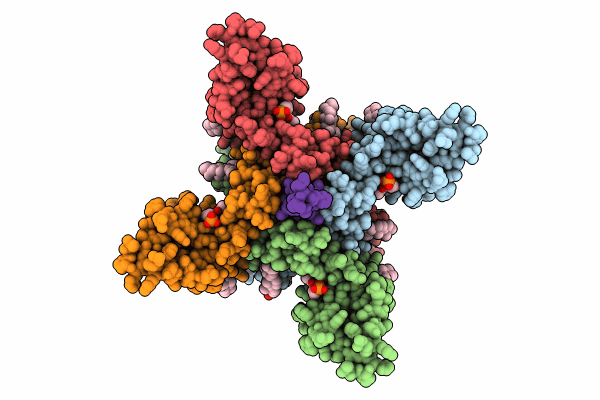
Deposition Date
2023-04-27
Release Date
2024-05-15
Last Version Date
2025-07-02
Entry Detail
Biological Source:
Source Organism:
Homo sapiens (Taxon ID: 9606)
Aequorea victoria (Taxon ID: 6100)
Aequorea victoria (Taxon ID: 6100)
Host Organism:
Method Details:
Experimental Method:
Resolution:
2.60 Å
Aggregation State:
PARTICLE
Reconstruction Method:
SINGLE PARTICLE


